In a world seemingly filled with chaos, physicists have discovered new forms of synchronization and are learning how to predict and control them.


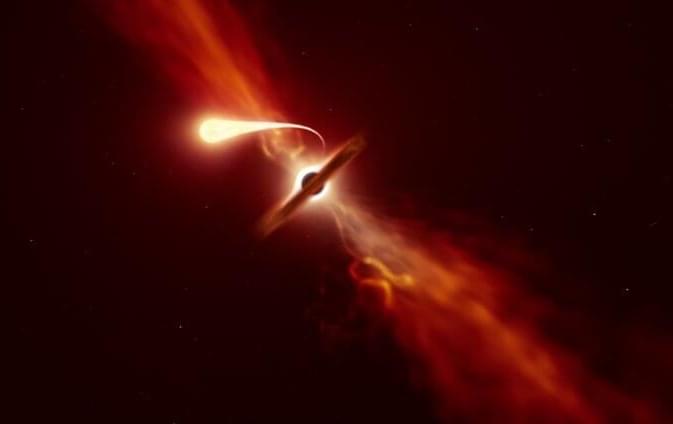
A team of astronomers led by researchers from the University of Birmingham, University College London and Queen’s University Belfast have discovered one of the most dramatic ‘switches on’ of a black hole ever seen. They will present their findings on Tuesday 4 July at the 2023 National Astronomy Meeting in Cardiff. The work will also be published in Monthly Notices of the Royal Astronomical Society.
J221951-484240, known as J221951, is one of the most luminous transients—astrophysical objects that change their brightness over a short period of time—ever recorded. It was discovered by Dr. Samantha Oates, an astronomer at the University of Birmingham, and her team, in September 2019 while searching for the electromagnetic light from a gravitational wave event. The team were using the Ultra-Violet and Optical Telescope on board the Neil Gehrels Swift Observatory to look for a kilonova, the sign of a neutron star merging with another neutron star or a black hole. A kilonova typically appears blue, then fades and turns more red in color over a timescale of days. What they found instead something even more unusual: J221951. The transient appeared blue, but didn’t change color or fade rapidly as a kilonova would.
Multiple telescopes were used to follow-up J221951 and determine its nature, including NASA’s Swift/UVOT and Hubble Space Telescope, the South African Large Telescope, and ESO facilities such as the Very Large Telescope and the GROND instrument on the MPG/ESO 2.2-meter telescope at the La Silla Observatory.

The very fabric of the universe is ringing with gravitational waves from its earliest epoch, and researchers have finally “heard” this cosmic symphony.
On Thursday, June 28, the North American Nanohertz Observatory for Gravitational Waves (NANOGrav) revealed the detection of low-frequency gravitational waves, a historic breakthrough that represents 15 years of searching. Yet, this isn’t the first time that humanity has detected gravitational waves. Scientists have been detecting these ripples in the fabric of space using facilities like the Laser Interferometer Gravitational-Wave Observatory (LIGO) since 2015.
Scientists have for the first time observed the early universe running in extreme slow motion, unlocking one of the mysteries of Einstein’s expanding universe. The research is published in Nature Astronomy.
Einstein’s general theory of relativity means that we should observe the distant—and hence ancient— universe running much slower than the present day. However, peering back that far in time has proven elusive. Scientists have now cracked that mystery by using quasars as “clocks.”
“Looking back to a time when the universe was just over a billion years old, we see time appearing to flow five times slower,” said lead author of the study, Professor Geraint Lewis from the School of Physics and Sydney Institute for Astronomy at the University of Sydney.
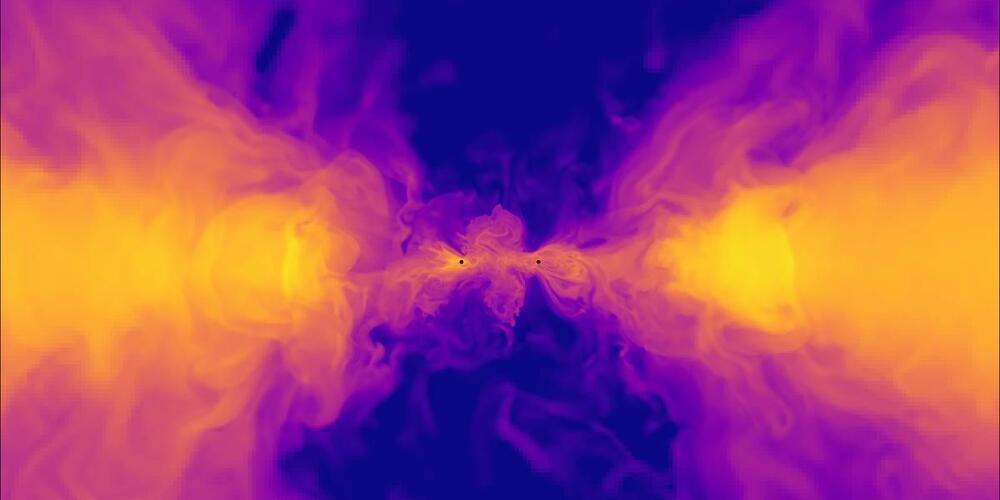
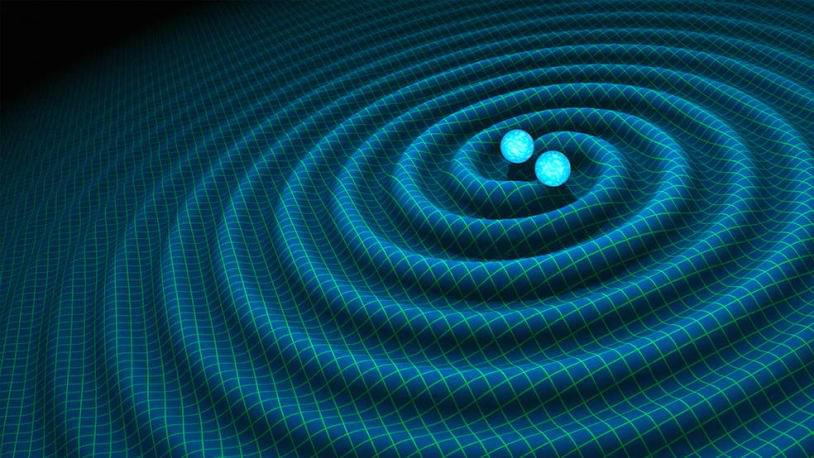
Albert Einstein proposed in 1916 that the universe was constantly being pushed and stretched by space-time waves undulating throughout the universe. A group of scientists won the Nobel Prize for finding proof of these waves in 2016, using a laser interferometer to detect a high-frequency gravitational wave emanating from the collision of two black holes or neutron stars less than 100 times the mass of the sun.

It is much louder than previously believed possible and its discovery will alter our understanding of the universe.
Scientists have heard the “chorus” of gravitational waves emanating throughout the universe for the very first time, and it’s louder than they expected, a press statement reveals.
The new discovery was made by scientists using the North American Nanohertz Observatory for Gravitational Waves (NANOGrav).
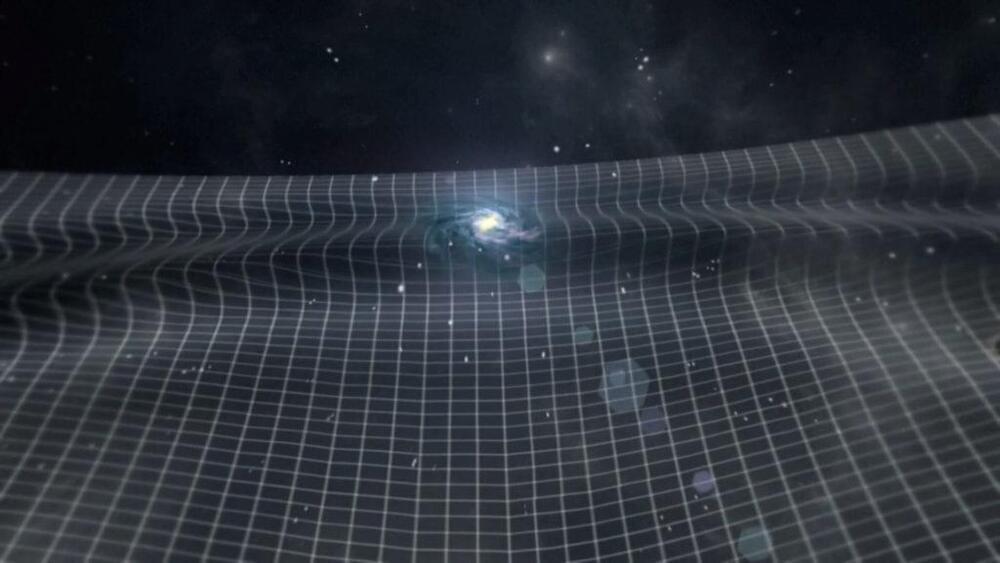
Geoff Bennett:
Let’s expand our horizons a bit wider and look at important findings that are literally about space-time and the cosmos as we know it.
You might remember that Albert Einstein theorized that as heavy objects move through time and space, they create ripple effects in the fabric of our universe. Now an international team of scientists have detected new evidence of that. Researchers found new signs of gravitational waves, waves that are affected by huge movements, such as the collision of black holes.

Since the discovery of gravitational waves, scientists have been trying to understand the origin of merging black holes, and POSYDON may be the way to do it.
Black holes are some of the most fascinating celestial bodies in the universe. Their gravitational fields are so strong that even light cannot escape them. One of the ways in which they are formed is when a massive star collapses, resulting in a stellar-mass black hole.
In 2015, the Laser Interferometer Gravitational-wave Observatory (LIGO) discovered gravitational waves (ripples through spacetime) from two colliding black holes. This groundbreaking discovery has prompted astrophysicists to study their origin and formation.
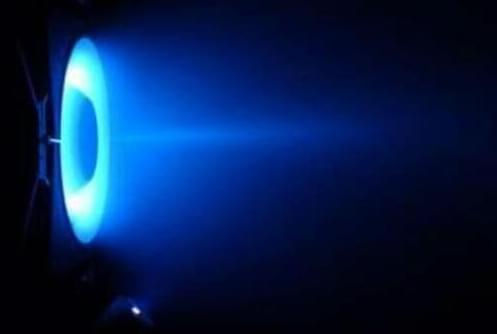
Year 2015 😗😁
Physicists in France have figured out how to optimise an advanced type of electric rocket thruster that uses a stream of plasma travelling at 72,420 km/h (45,000 mph) to propel spacecraft forward, allowing them to run on 100 million times less fuel than conventional chemical rockets.
Known as a Hall thruster, these engines have been operating in space since 1971, and are now routinely flown on communication satellites and space probes to adjust their orbits when needed. These things are awesome, and scientists want to use them to get humans to Mars, except there’s one — rather large — problem: the current lifespan of a Hall thruster is around 10,000 operation hours, and that’s way too short for most space exploration missions, which require upwards of 50,000 hours.
Hall thrusters work just like regular ion thrusters, which blast a stream of charged ions from an anode to a cathode (positively and negatively charged electrodes), where they get neutralised by a beam of electrons. This causes the elections to shoot one way, and the attached rocket to shoot another, propelling it forward.